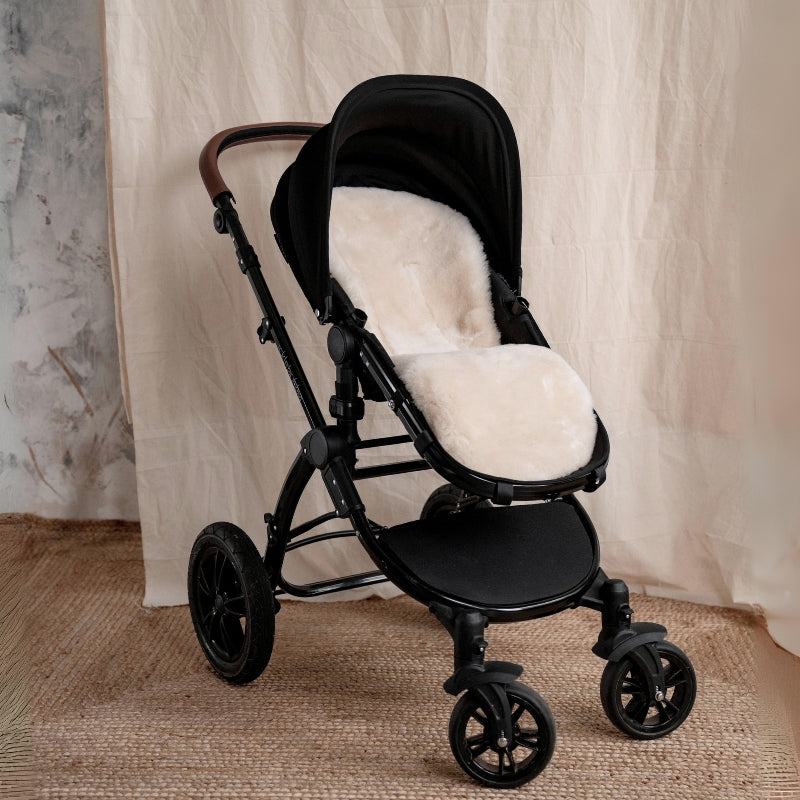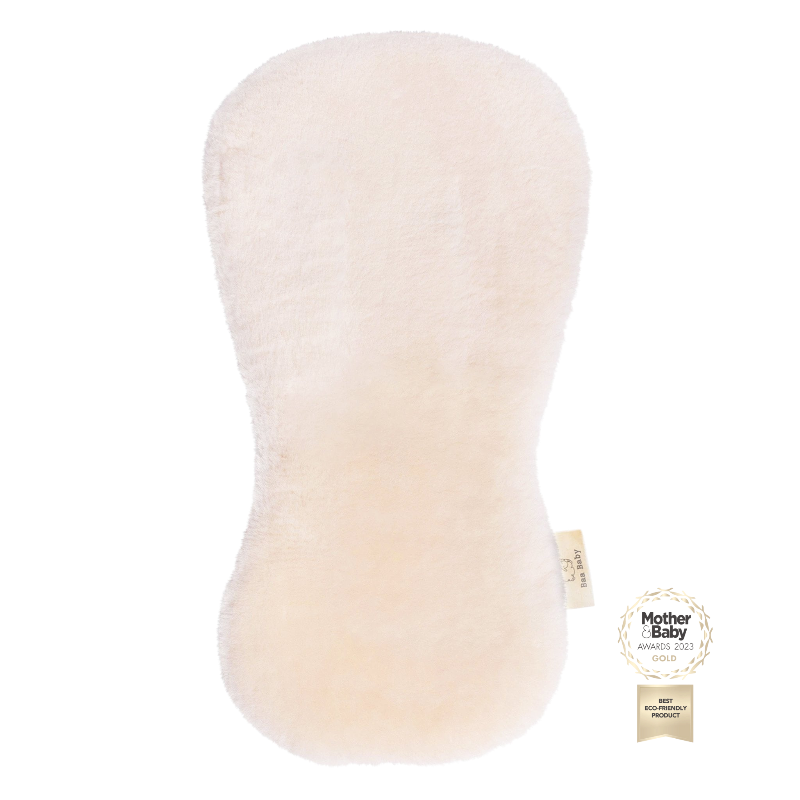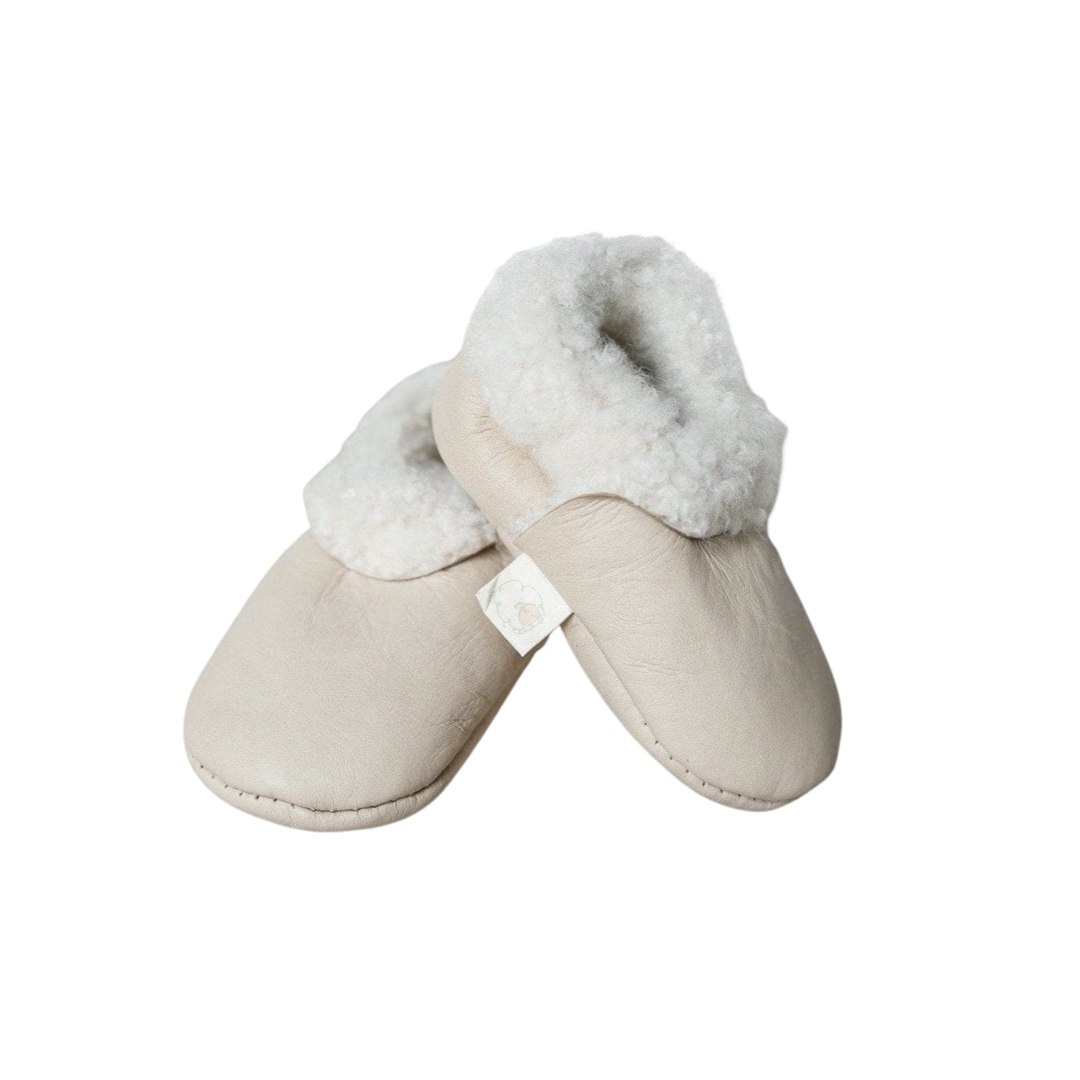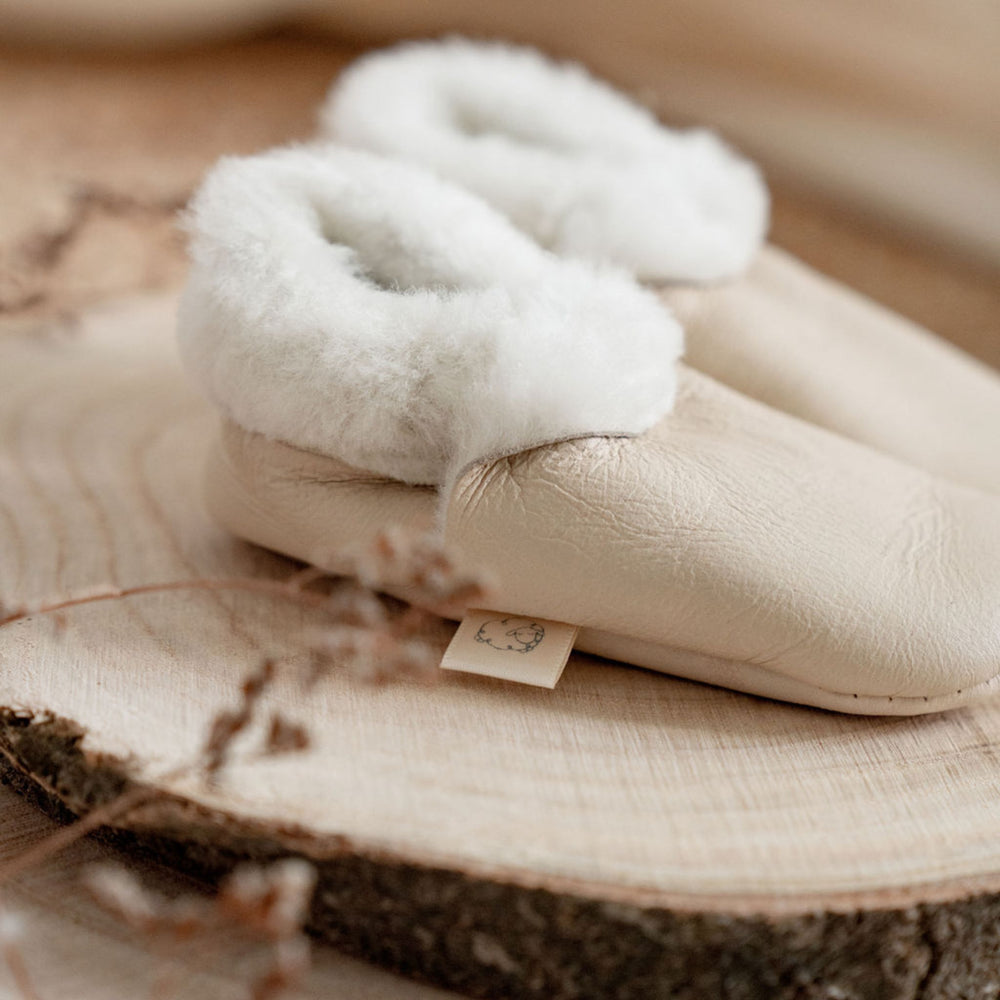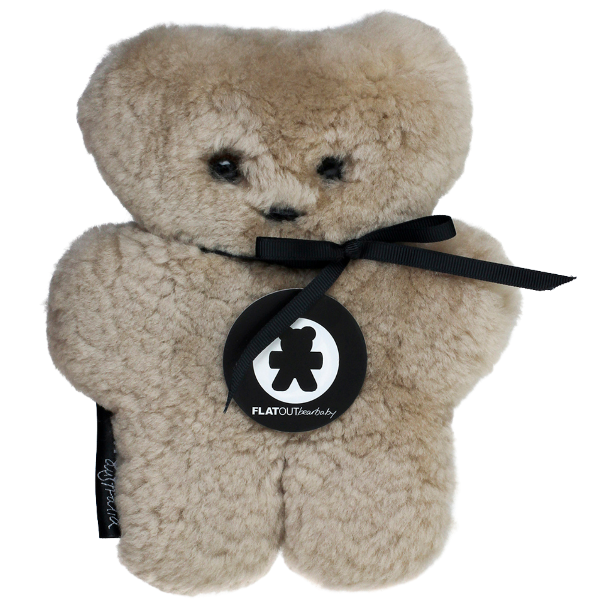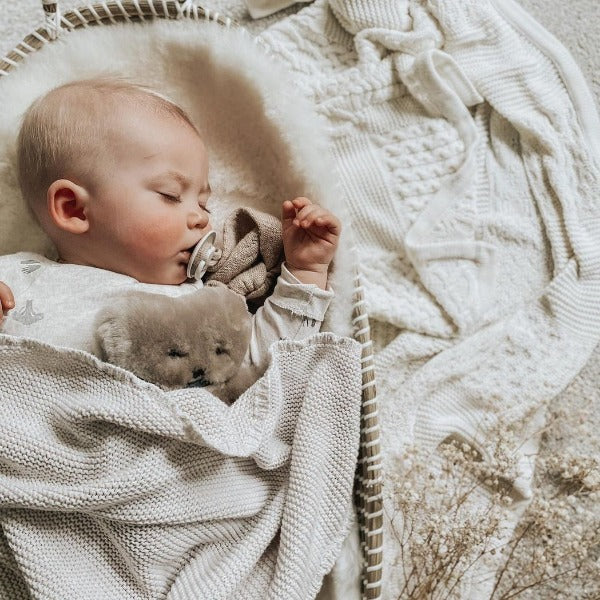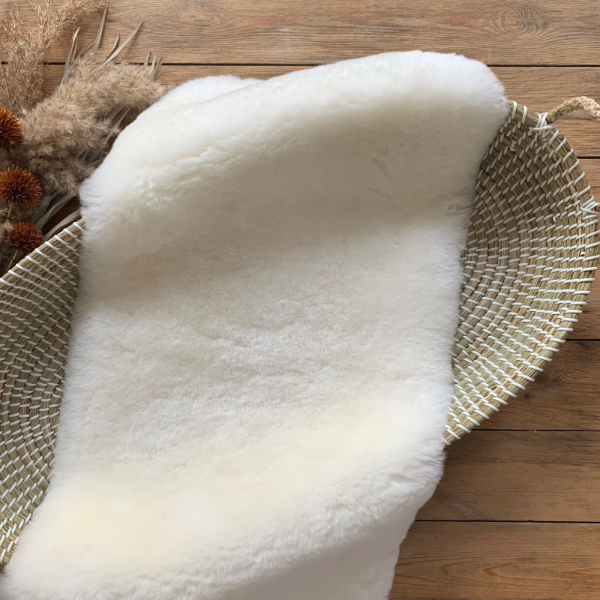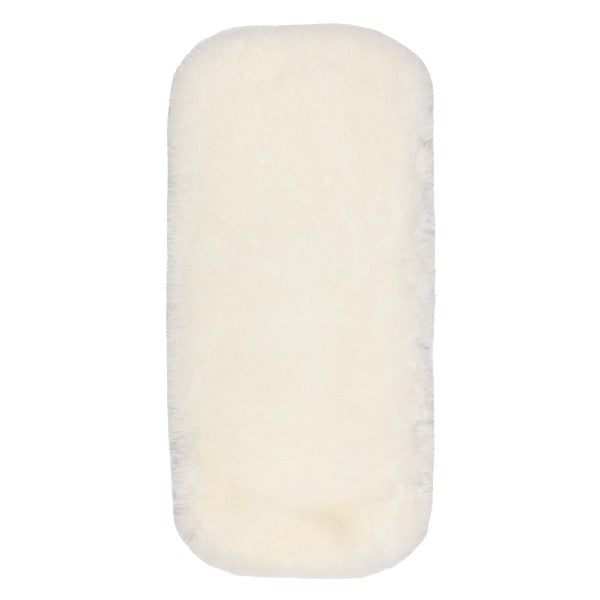Which is better: sheepskin or lambskin?
Which is better: sheepskin or lambskin?
Have you ever wondered which is best – sheepskin or lambskin, or even considered the difference between the two? The first factor to be aware of is that the terms sheepskin and lambskin are often used interchangeably. This is for a number of reasons – and not least that people searching on the internet are much more likely to use the term sheepskin. Many retailers use both terms, or use the term sheepskin over lambskin as they are much more likely to be found on an internet search.
Sheepskin and lambskin do have incredibly similar properties, to the extent that some retailers are unable to differentiate the products if they are put side by side. There is actually a subtle difference between sheepskin and lambskin. Although it seems obvious, lambskin comes from a lamb. These younger sheep are typically unshorn, meaning that lambskins are traditionally softer than sheepskins. This lambskin is often then medically tanned and shorn to around 30mm to be used in pram liners, babycare rugs and for medical support pads e.g. wheelchair covers and pressure relieving mattress covers. Sheepskin comes from a sheep and used to be known for being cheaper and more accessible than lambskin but today this is rarely the case. The majority of sheepskin bought is actually lambskin and from a lamb – this is because the fleeces are by-products of the meat industry and many more are wasted each year than actually used.
The distinction between sheepskin and lambskin is largely irrelevant today, since retailers and wholesalers alike have invested considerable time and money ensuring that they only select the softest and best quality fleeces. It is quite possible to find a sheepskin that is softer than a lambskin, because of the variation that is found in most natural products. Different breeds of sheep that live in different environments has a far greater impact on the softness and quality of the sheepskin than the age of the sheep. Another more impactful factor is the experience those handling the products, including the tanners – always opt for chrome free and medically tanned skins if you are using them with babies. Within every batch of tanned lambskin or sheepskin they will all feel a little different – the variation in texture is a natural feature of the product and part of its unique qualities.



